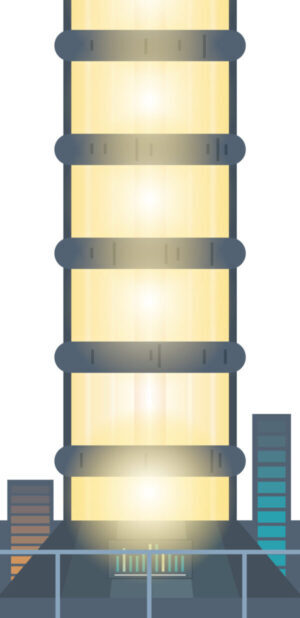“Wired vs Wireless (Part 5)” – IT Support Episode 28
Hi, this is Christian from “Northstar IT” and this week I’m finalising my series on wired versus wireless networks.
I’ve covered a few areas on this subject. Whether you can replace your wired network and go completely wireless. Where to position your wireless access points. This week I’m talking about the cables themselves.
The wires that are running around your building. Now I’ve been in this industry for over two decades so I can guarantee you I’ve seen a fair few sites especially when it comes to the state of people’s networks. However what I want to focus on is the health of the cables themselves.
They don’t last forever.
You wonderful human beings, can do all manner of things to shorten the lifespan of a network cable and probably the worst example I’ve seen is where, clearly the network point for this person’s desk wasn’t in the most convenient of locations but rather than using one of those black rubber…
Oh careful this is a family show,
…cable management things that you use. Yeah, “thing”, I can’t even think what they’re called.
No! They didn’t have one of those. Didn’t think to order one and just decided to leave the network cables running along the floor where the lady in question would just roll over it back and forth with her office chair.
For those of you who don’t know inside a network cable are wires like this. They’re four different colours and with each colour there’s an opposite one with a white band on it.
However, if you can see these colours on your network cable that cable is not in a very healthy state and they’re quite thin, and quite fragile and so they can easily break, get damaged or not even in it’s worst case, stop working, they just don’t work as well. And in today’s world streaming media, sending large emails, you name it the health of those network cables can mean the difference of an efficient network or one that performs really badly.
Speed is everything and unlike a motorway or a highway, whichever country you’re in, computer networks don’t have a speed limit that is legally enforced. The faster it can go – the better it will work.
So make sure your network cables don’t look like this.
Until next time.
(magic finger snap)
